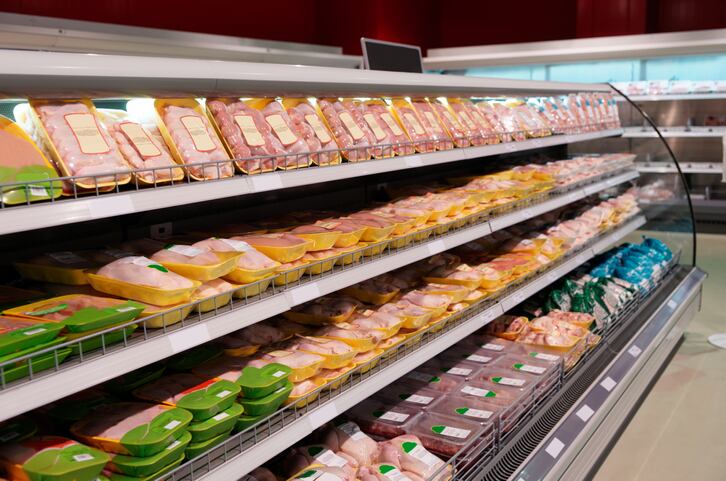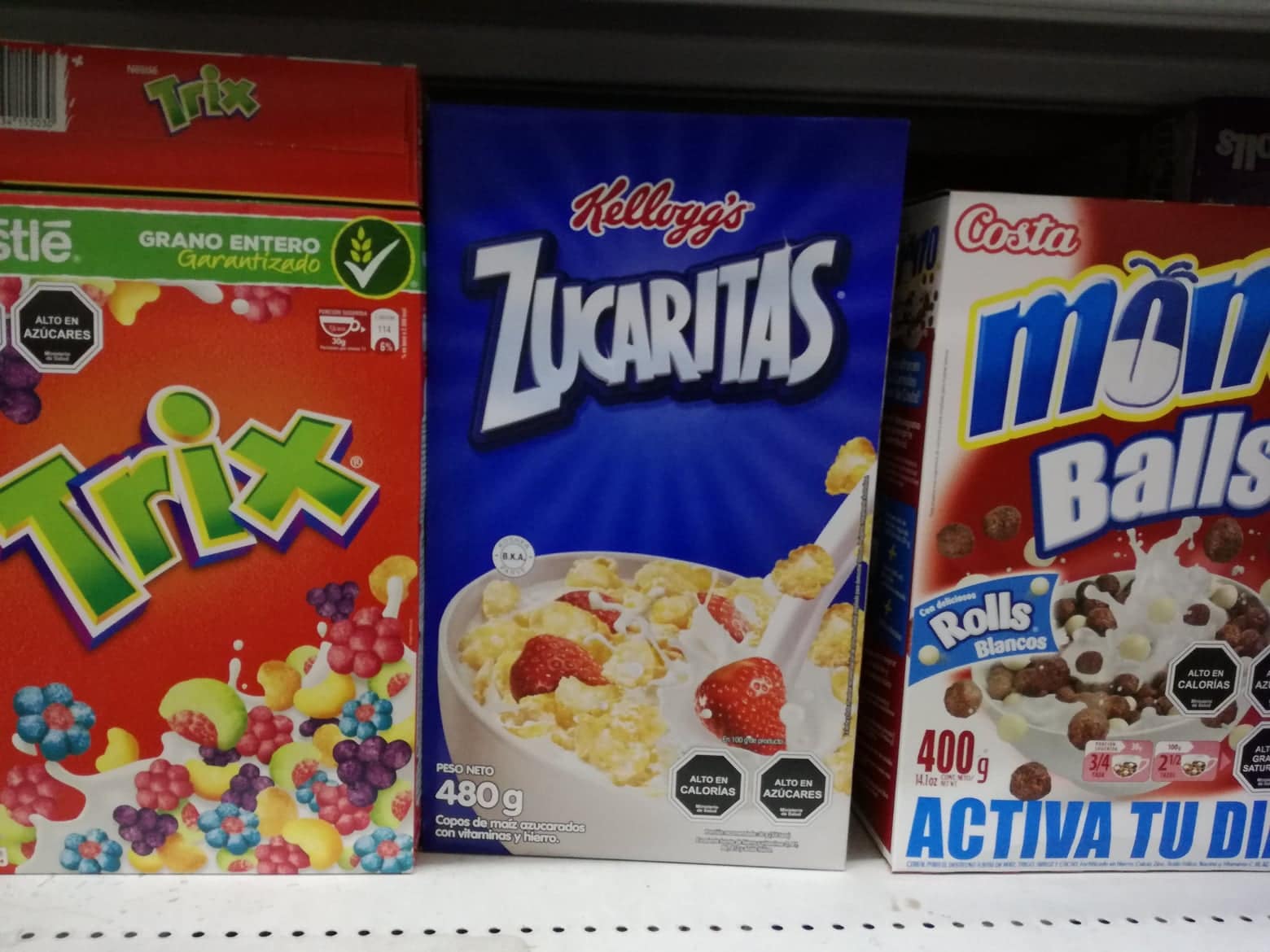Chilean consumer rights organization Conadecus sent 15 kg of pork samples to an external laboratory to analyze the veracity of nutritional label information for certain nutrients, and ractopamine content.
Ractopamine is a growth-promoting feed additive that is banned in around 160 worldwide, including the European Union, Russia, and China. Although it is also banned in Chile, meat is allowed to contain the substance under certain limits and it is authorized in the US, which accounts for 44% of Chile’s pork imports.
Published this month, the results of the Conadecus survey showed that none of the samples tested positive for ractopamine. However, all packaged meats presented some deficiency in the labeling, with the main differences related to fat, calorie and sodium content.
'A disharmony'
“There is a general situation of non-compliance, as regards the veracity of the information contained in the labels of pork,” they wrote in the study (in Spanish). “All samples of pork meats showed noticeable differences between the nutritional information of their label and [the] amounts of nutrients determined by the laboratory.”
According to Conadecus, most of these differences constitute violations of the Sanitary Regulations for Food.
“However, there is a group that despite having up to 170% difference, does not constitute a violation of these regulations,” they added. “We believe that this is a situation that deserves to be revised since there is a disharmony between health regulations and the consumer [protection] laws which demand that the information provided on the labels be truthful.”
Codadecus: Manufacturers must be more rigorous with product labeling
The researchers also noted that some products failed to add a black-and-white nutrition warning label for high sodium content despite being above the minimum threshold.
“The Health Authority of the Ministry of Health must monitor compliance with both mandatory nutrition labeling, such as warning labeling, which is not being fully complying with the analysis of this report,” they concluded.
They called on pork producers and marketing companies to be more rigorous and improve the information added to product labels.
Despite the current discrepancies, Conadecus said on-pack product information remained the best way for consumers to compare pork products, which is the third most consumed meat in Chile with a per capita pork consumption of 16.6 kg a year.
Hernán Calderón, president of Conadecus, said: “We recommend that consumers carefully review the information on packaged products, checking if they have ‘High in’ warning labels and avoid products with them.
The study
The researchers took 15 product samples – 15 kg of either fresh or frozen pork in cuts of chops, ribs and pulp - from three major Chilean supermarkets, Líder Express, Unimarc and Jumbo, and from butcher shops.
They recorded information regarding the point of sale, cut, price, origin of the meat, brand and other ingredients.
Pork ribs had the highest percentage of fat (19.9 g of fat per 100 g of which 7.7 g was saturated), followed by chops (11.4 g per 100 g of which 4.6 g was saturated), and pork pulp (6.4 g of which 2.4 g was saturated).
Pork meat pulp also had the highest protein content with an average of 21.7 g per 100 g product and similar levels of protein – 17.3 g and 16.7 g – for the chops and ribs respectively.
Marinated products had the highest levels of salt and sodium.
According to the report, pork production in Chile reached 534 thousand tons in 2018 - up 7.6% on the previous year - of which 63% was for export.




